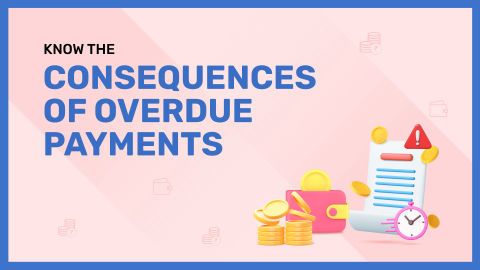A SWIFT code, also known as a Bank Identifier Code (BIC), is an internationally recognised code used to identify specific banks or financial institutions during cross-border transactions. The term SWIFT stands for Society for Worldwide Interbank Financial Telecommunication, which is the network that facilitates these transfers.
This unique code ensures that your funds are routed to the correct financial institution, eliminating errors and delays. SWIFT codes are especially crucial for international transactions, as they provide a standardised way to identify banks globally.














